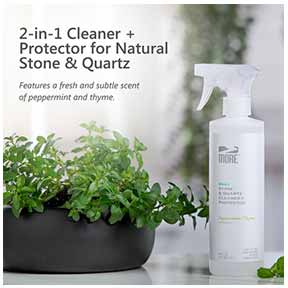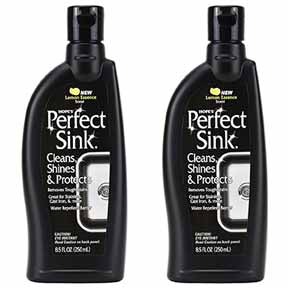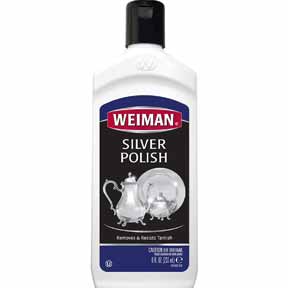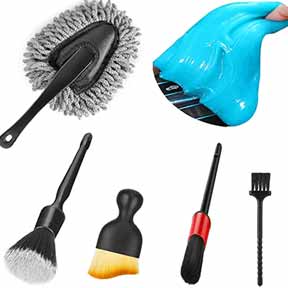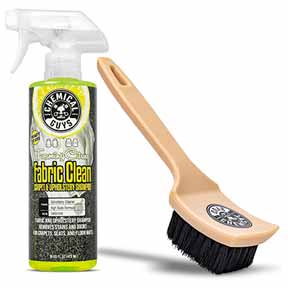How to Clean Paint Brushes
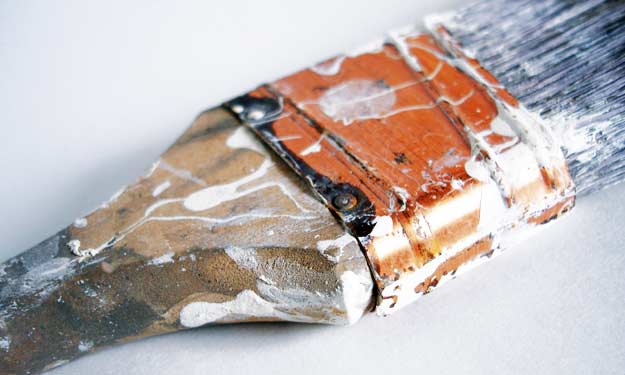
How to Clean Dirty Paint Brushes
Over the years, I’ve bought brushes of all qualities and price points.
Some people treat paint brushes like they are disposable, but they are so easy to clean, I bought some very nice paint brushes that I use over and over again, so I didn’t even cringe at the cost of purchasing them.
To keep your paint brushes in tip top shape, you need to clean and store them properly. It doesn’t take much time, a few minutes or so to do a good job, and you’re done!
I’ve been guilty once or twice of not cleaning my brushes as thoroughly as I should have. So I’ve got first hand experience on how to clean them well so they keep working like new.
No matter how rough your paint brushes look and feel, I’ve got the experience to help you get them clean and pliable again and ready for your next painting project.
So let’s get busy and clean up your dirty paint brushes!
About Paint, Brushes, Bristles & Cleaners
There are many types of paints and many types of brushes that are made specially to use with the different types of paint.
The materials and ingredients used in one paint type may require a specific brush fiber to be used. This means there’s not a “one size fits all” approach that can be used when cleaning. The can of paint should list the cleaning solution and method to be used to remove the paint from the brush (or the floor).
Brushes come in many shapes, sizes and their bristles vary in material, texture and thickness.
Types of Paint
Water Based, Oil Based, Acrylic, Latex, Gloss, Semi-Gloss, Matte, Acoustic, Resin, Primer, Rubber-based, Textured.
Types of Paint Brushes
Round, Pointed Round, Flat, Bright, Filbert, Angular, Flats, Oval Wash, Chisel Blender, Angular, Angle Flat, Flathead, and Chinese Bristle Brush.
Types of Bristles on Paint Brushes
- Natural Hair: From animals such as Hogs, Sable, Goat, Horse, Camel or Badgers.
- Synthetic Hair: Made from Polyester or Nylon.
- Flagged Synthetic: Usually made from Nylon with split bristle ends that help hold paint on the brush. These brushes are usually used with Latex based paint.
Cleaning Solutions
When soaking a paint brush remember only to use enough cleaning solution to cover the bristles. Do not soak the metal part that crimps the bristles to the brush (called a ferrule) or soak the handle.
Oil based or latex paints are glossy and most often you will use mineral spirits, acetone or turpentine to clean your brushes.
Water based paint is usually cleaned with soap and warm water.
Stuck on paint can be removed with a paint brush comb to help get the paint off the bristles. If paint has begun to dry, you may need to let the paint brush soak for an hour or more before cleaning.
Cleaning Wet Paint Brushes
Check the back of the paint can for cleaning instructions and the solution to use for the type of paint you have.
Preparation:
- Before cleaning a wet paint brush, wipe off as much of the paint as you can.
- Use a small container like a mason jar, old coffee can or something similar to hold the cleaning solution you will use.
- Wear gloves and protective eye-wear while using solvents when cleaning brushes.
- Clean your brush in a well ventilated place.
If You’re Not Finished with the Paint Job- Here’s a Super Easy Cleaning Tip!
If you are done painting for the day, but haven’t finished the job, simply store your paint brush in the freezer. I’ve done this quite a few times and it saves me from having to clean my paint brush every night!
- Wrap the brush in saran wrap then wrap it again in aluminum foil.
- Seal both well so no air seeps in.
- When you’re ready to paint again, take the brush out of the freezer, let it thaw and then paint as usual.
Removing Wet Paint From Paint Brushes
- Dip the brush in your cleaning solution you are using until the bristles are covered.
- Stir the brush around.
- Stop occasionally to squeeze the paint from the bristles. You can use your hands or swipe the brush against the sides of the soaking container.
- Use the paint brush comb to get out any bits of paint that are stuck on the bristles.
- Continue this process until the brush is clean.
- After cleaning, lay the brush flat on paper towels and let air dry.
Cleaning Stiff Paint Brushes
How often have you put a paint brush down and forgotten to clean it, only to come back later and find it caked with hardened paint?
I’ve done it a few times and I’m sure some of you have to. But wait before you toss that brush out, you can get them clean and pliable again.
Removing Hardened Water Based Paint
If your brush is caked with hardened water-based paint, soak it in warm white vinegar and Dawn dish soap.
- In a pan, warm up (not hot) white vinegar and dish soap – enough to cover the bristles.
- Remove pan from heat and pour into a cleaning container.
- Place paint brush in the mix and let it soak for about 15 minutes.
- Wash the brush under warm running water and dish soap.
- Lay the brush flat to dry.
If you need a little help smoothing the bristles and getting them all straight again, use a paint brush comb while it’s still wet.
Removing Hardened Oil Based Paint
Don’t forget to put your gloves on first and work in well ventilated space.
To soften the hardened paint and get your brush pliable again, use a paint or varnish remover like acetone and fill enough in an old coffee can (or whatever you have) to cover at least the bristles of the brush and you can also cover some of the metal band.
- Let the brush soak for about 1 hour.
- Work the solvent into the bristles with your hands.
- Use the paint brush comb on the bristles to remove stuck on old paint.
- Let the brush soak further if needed to remove old paint.
- Repeat this process until the brush is clean.
Storing Paint Brushes
- Paint brushes should be stored either by hanging on a peg or lay them flat so the bristles don’t bend.
- You can apply a very small amount of Vaseline to the bristles when you’re done cleaning. If storing with Vaseline, just make sure to rinse in paint thinner prior to painting.
- Store your brush in the jacket it came in to keep it clean and keep the bristles neat and close together.
Safety Precautions
Turpentine, acetone, and paint thinner are very strong chemicals that require special care when you use them. For safety reasons, you should follow these tips.
- Always allow disposable items with paint thinner on them to dry completely before throwing them away.
- Wash or discard any rags with paint thinners or turpentine on them immediately.
- Never store these chemicals in plastic containers.
- Paint thinner is best kept safe inside of garages and sheds.
- Wear protective eye-wear when working with paint thinner. It can easily splash and can cause serious eye damage.
- Turpentine fumes can cause illness and damage to your nasal cavities. Always make sure that you use it in a very well-ventilated area.
- Never smoke or use these chemicals near flames.
Enjoy Your Clean Paint Brushes!
That wasn’t so bad now, was it?
Painting isn’t my favorite job, but knowing that I can buy good painting tools and reuse my paint brushes the next time I paint makes the process a little less painful. I’m happy to share these cleaning tricks to keep them looking like new!
Car and Household Cleaners
